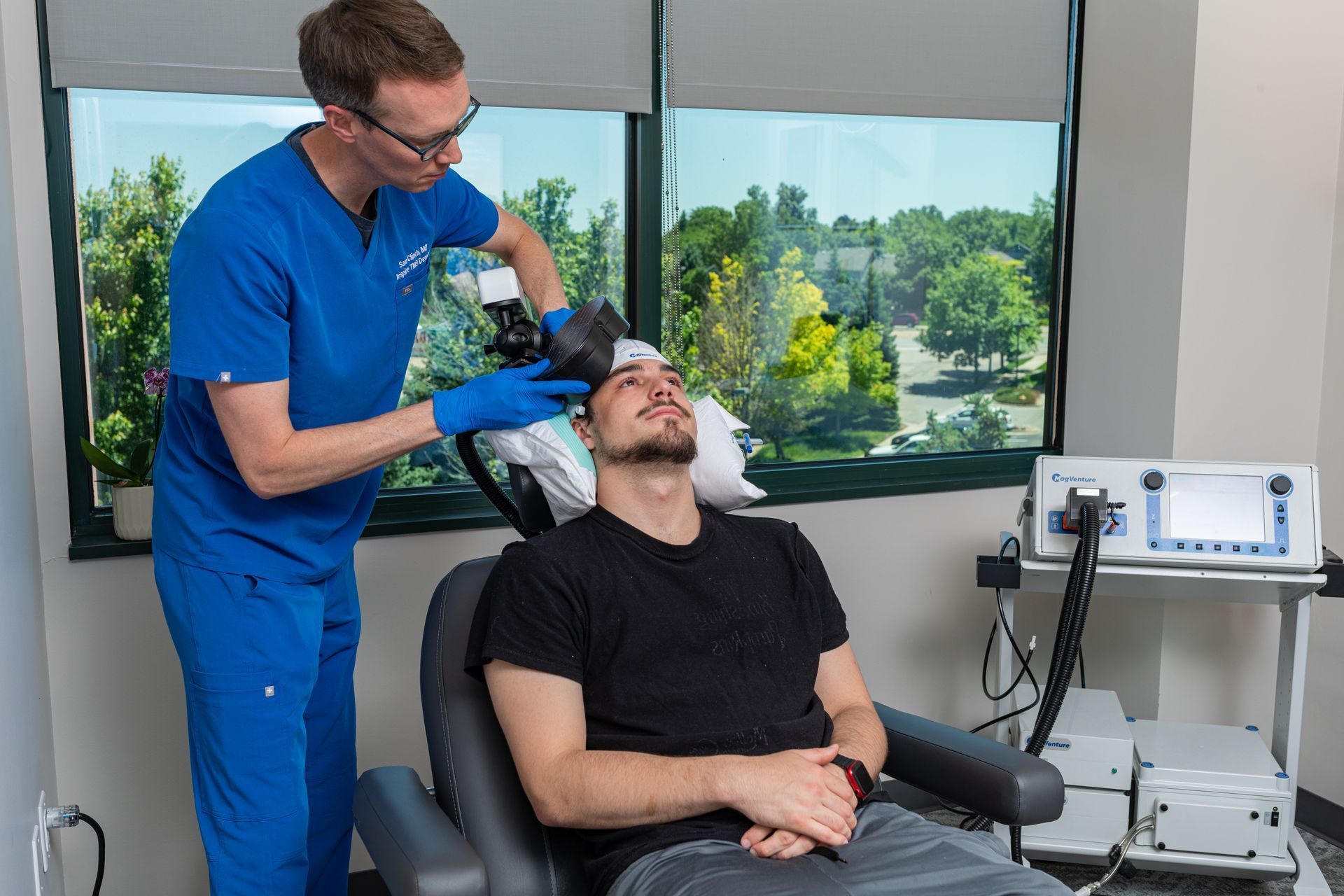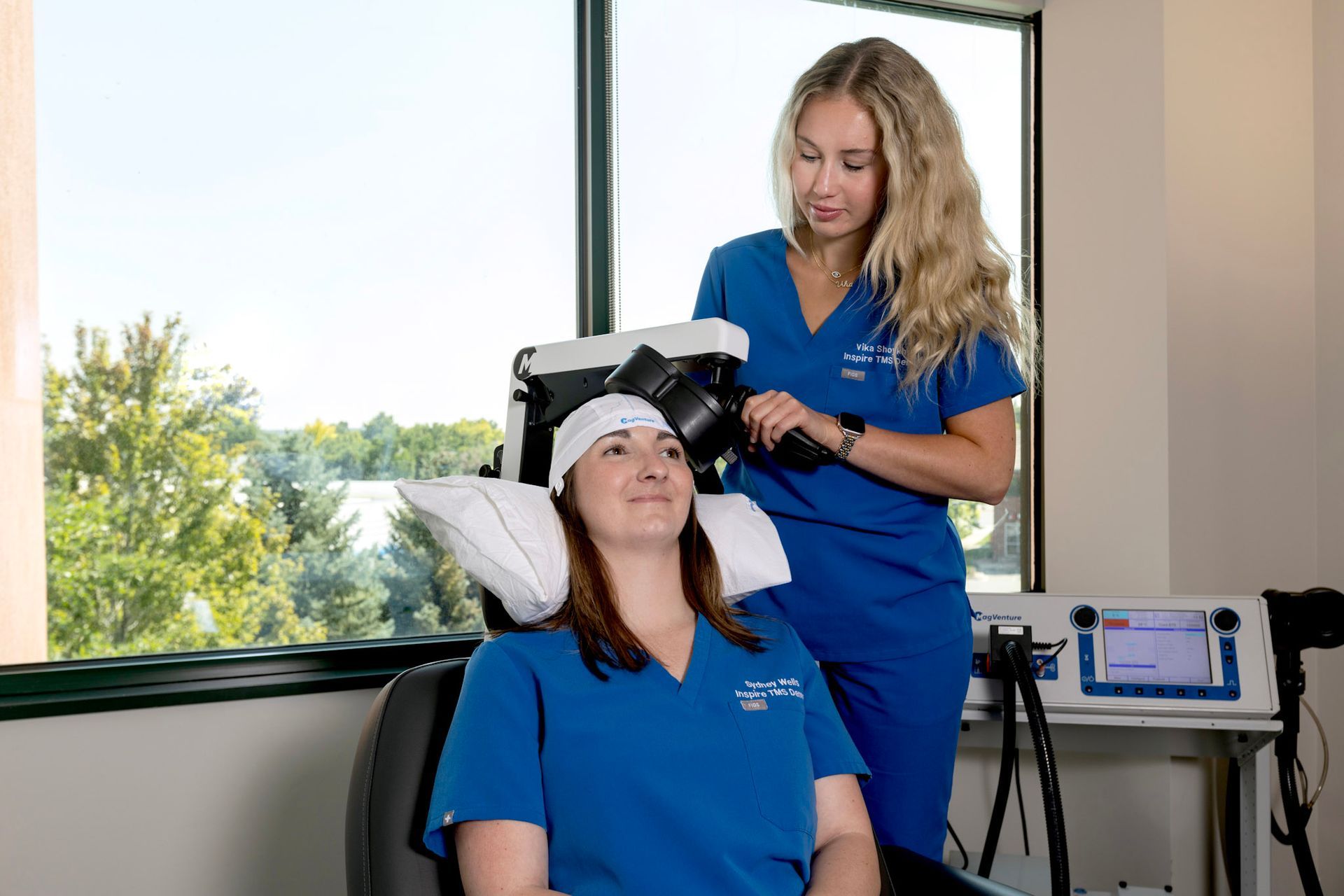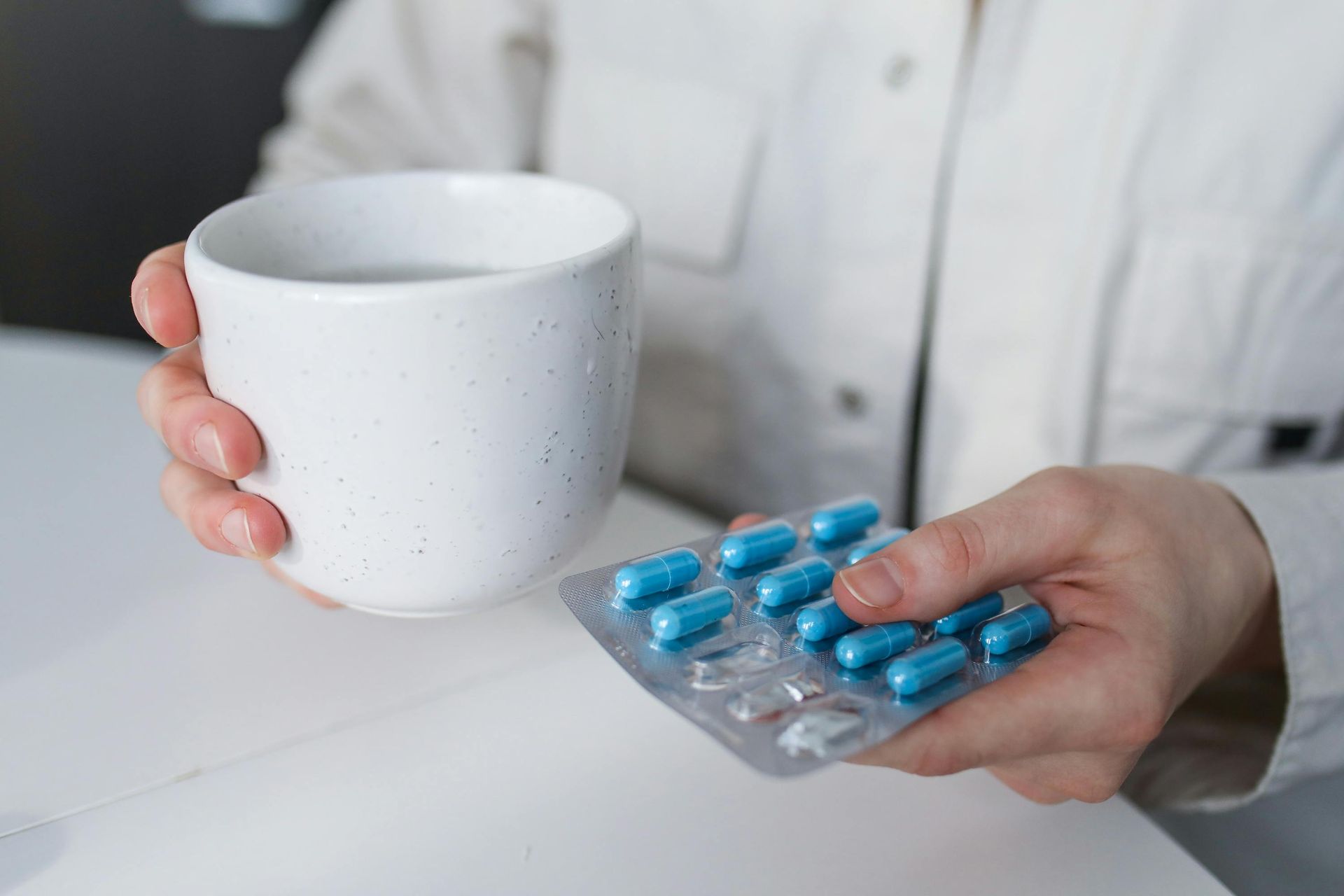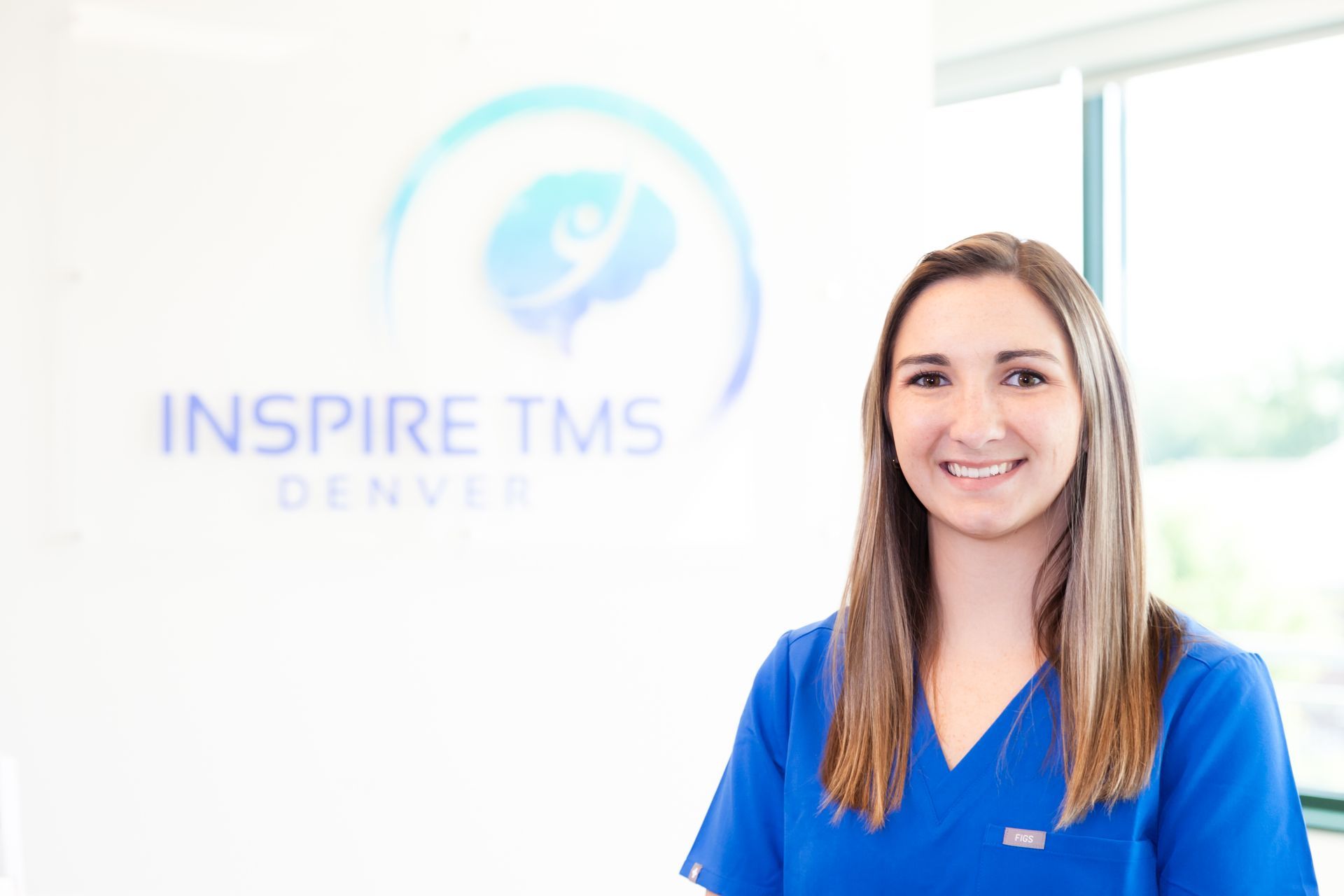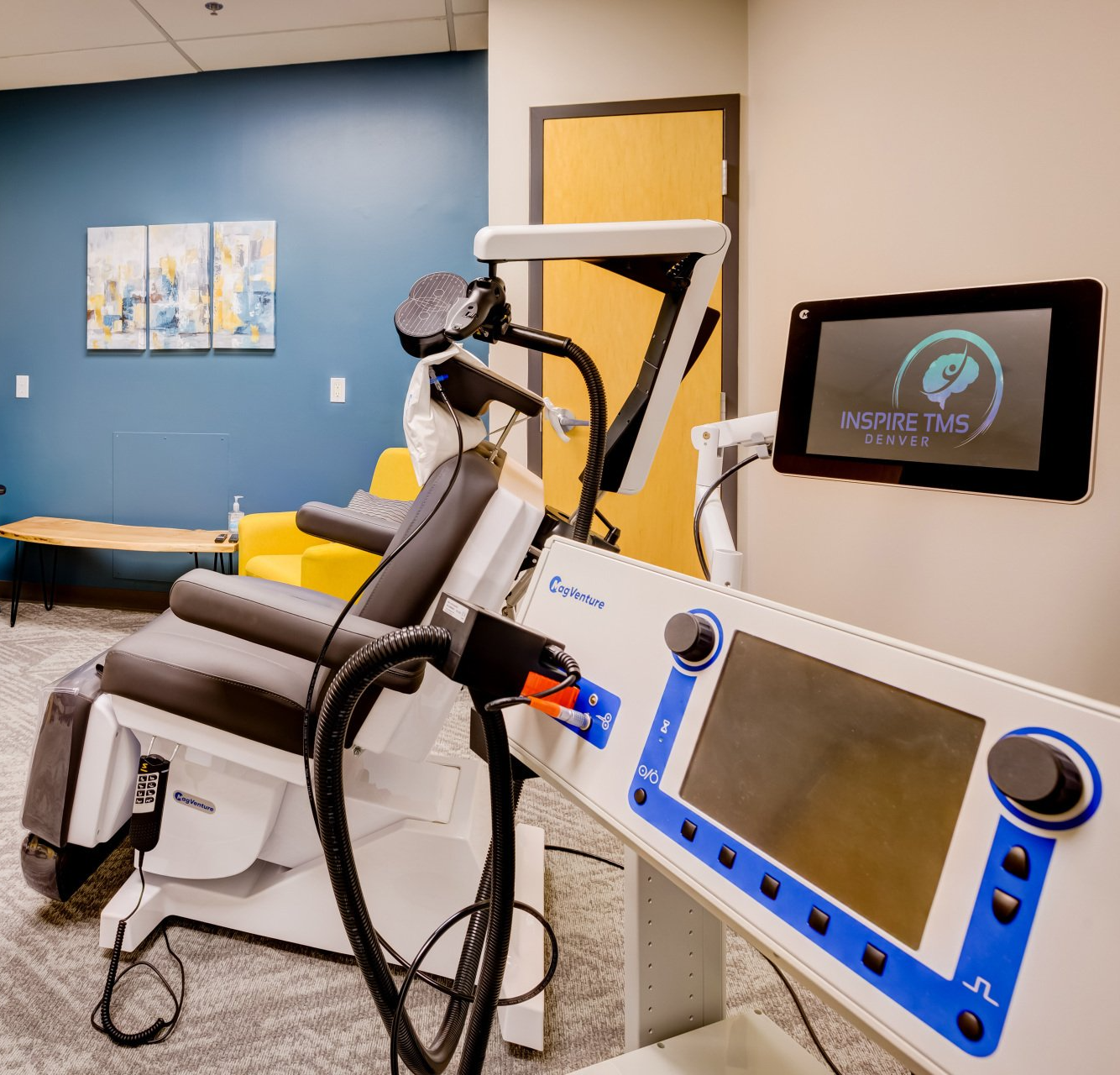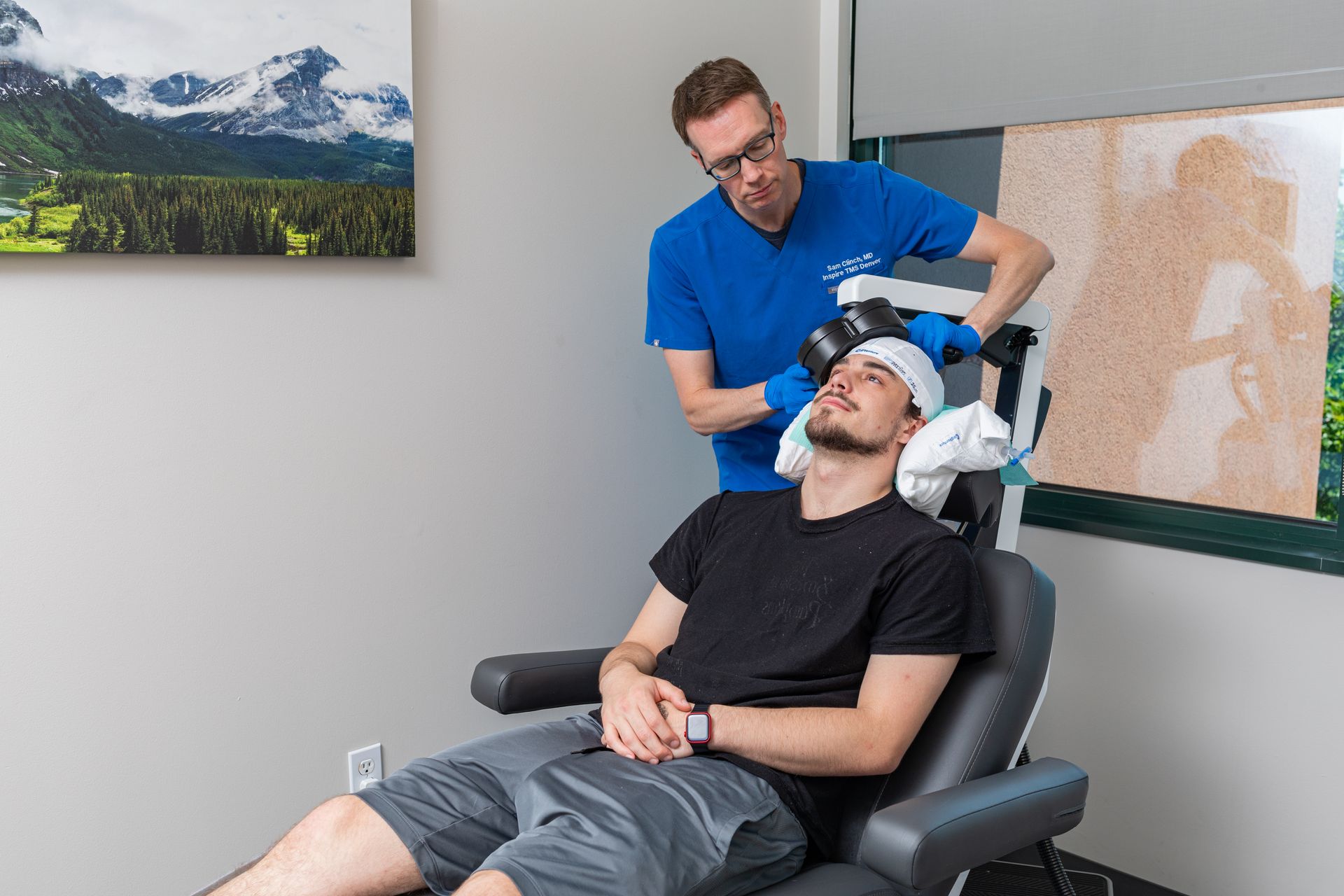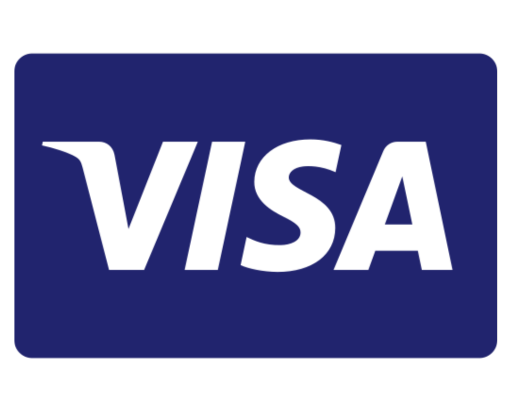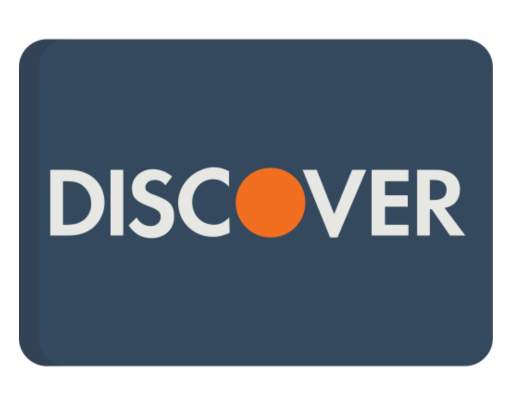Why We Use MagVenture TMS Systems
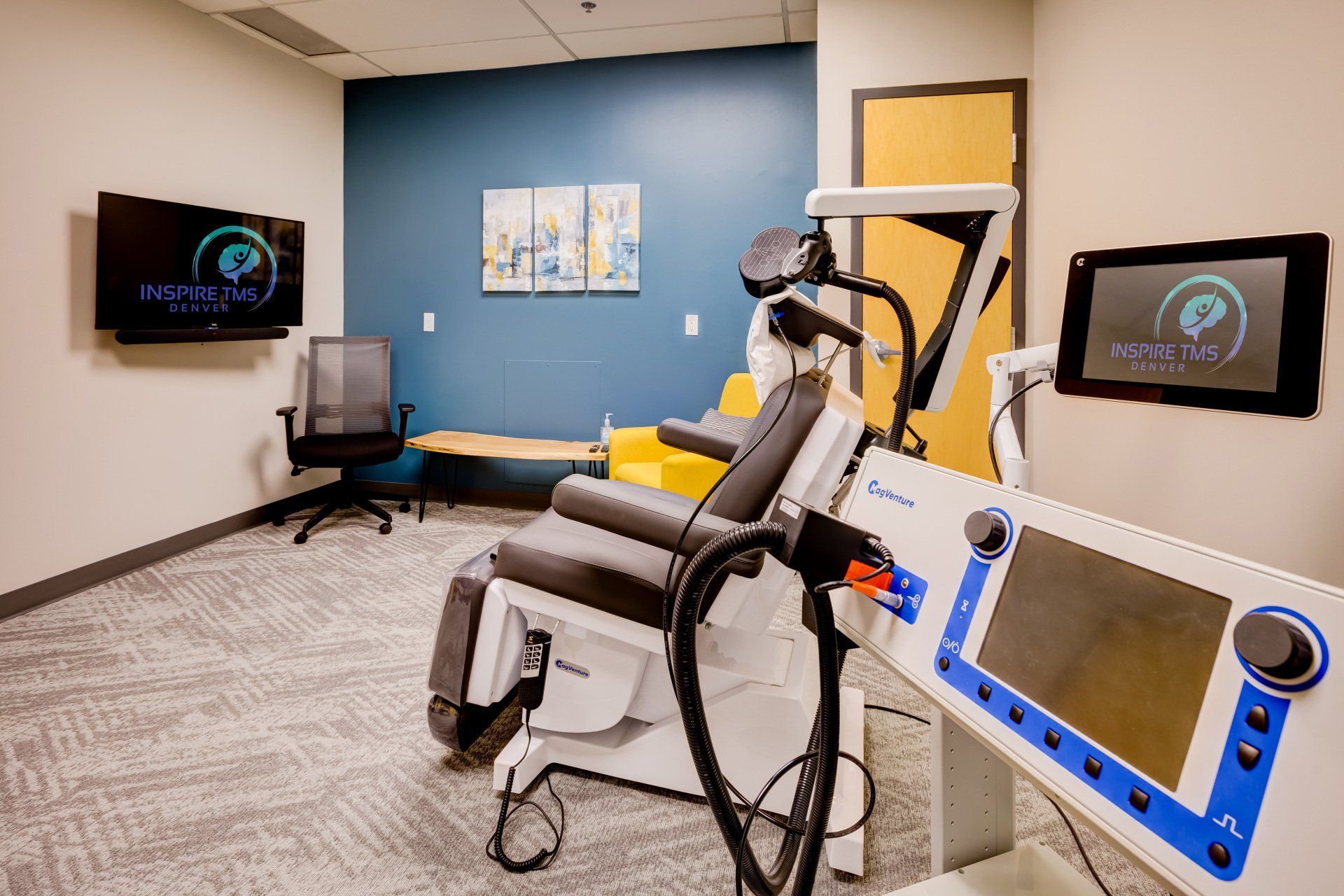
Why MagVenture became the clear choice.
Choosing which TMS system to use for our practice was a big decision. When selecting which system to go with, it was important for us to choose a system that would deliver the best treatment outcomes and overall experience for our patients. We also wanted a device that would give us the most flexibility in treatment options long term and to work with a manufacturer with an outstanding reputation for research and evidence-based quality treatment. After much research and trying multiple systems for comparison, the clear choice was MagVenture.
MagVenture is a Danish medical device company specializing in non-invasive magnetic stimulation systems for the treatment of Major Depressive Disorder and neuroscience research. MagVenture’s lead in scientific research and development really stands out. MagVenture has collaborated with leading neuroscientists around the world for over two decades in helping to push technology forward in the fields of neurophysiology, neurology, cognitive neuroscience, rehabilitation, and psychiatry; thus, shaping the path of TMS. MagVenture’s coil and magnetic stimulators have been ranked among the most powerful, advanced and durable on the market.
MagVenture was the first manufacturer to receive FDA clearance for the intermittentTheta Burst Stimulation (iTBS) protocol. The iTBS protocol is more efficient in delivering treatment for depression with just over 3 minutes required for an individual treatment. The THREE-D trial, led by a partnership of three leading research hospitals in Canada (CAMH, UHN, and UBC), showed that iTBS was non-inferior to the older protocol that uses a 10 Hz frequency and takes over 18 minutes to deliver. The THREE-D trial is the largest, double-blinded, randomized TMS trial to date, with 414 participants suffering from Major Depressive Disorder.
Response/remission rates were 49% and 32%, respectively, for those receiving the iTBS protocol. These rates were similar to the longer 10 Hz protocol. The study was published in The Lancet in 2018.
Speaking of benefits for patients, the long pulse duration of MagVenture systems have been
reported by patients to deliver a softer pulse sensation which increases patient comfort and tolerability. The MagVenture system is the
quietest TMS device among the 4 leading brands, and the only device shown at 100% output to produce clicking (sound pressure level) below the OSHA standard for hearing protection (5 cm from coil). This is in part due to the liquid-cooled coils in the MagVenture system which, in addition to suppressing noise, also avoids the use of loud fans or the development of excess heat in the treatment room. Additionally for patient comfort, the MagVenture system is less confining because it uses a smaller coil which is placed on the side of the head to deliver the magnetic pulses, as opposed to other systems which use an enclosed headpiece, or “helmet”, which can be anxiety inducing for some patients.
MagVenture has a broad range of
FDA cleared treatment options , giving our clinic versatility in tailoring treatment. There are 3 FDA cleared treatment options for Major Depressive Disorder in adult patients who have failed to receive satisfactory improvement from prior antidepressant medications: the 3 minute intermittent Theta Burst protocol, and the 18.5 or 37 minute 10 Hz protocols. MagVenture has also received clearance with their cool D-B80 coil for use as an adjunct treatment for adult patients suffering from
Obsessive-Compulsive Disorder (OCD). To date, MagVenture has developed more than 35 coils for research and clinical use.
Here at
Inspire TMS Denver , we offer an accelerated course of TMS therapy. The accelerated protocol compresses the standard treatment course, usually taking 9 weeks, down to just one week, giving patients faster relief from depressive symptoms. It also involves more treatments and more total pulses compared to the standard course. This accelerated protocol is based on the
SAINT study , which resulted in 90% remission rates for participants who were suffering from Major Depressive Disorder. A subsequent randomized controlled study named
SNT resulted in a slightly lower, but still robust remission rate of 78.6%. These remission rates are higher than reported open-label remission rates for standard FDA-approved rTMS protocols (37%), ECT (48%), and ketamine (31%) for treating
treatment-resistant depression, without systemic side effects. The Stanford Accelerated Intelligent Neuromodulation Therapy (SAINT) study was conducted using MagVenture systems, giving us confidence that we are utilizing the same quality system as the Stanford research team.
The many benefits of the MagVenture system made it the clear choice. From proven effectiveness, an excellent reputation in the clinical TMS space and collaboration in the research community, and patient comfort features, we are confident in our selection of the MagVenture system. We hope our patients rest easy knowing we expect the best and latest technology in our
TMS systems.
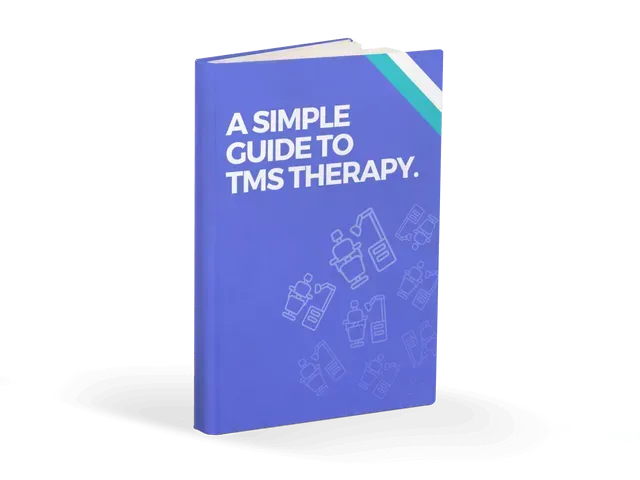
Every Question Answered
Want to know more about TMS? Check out this in-depth guide to TMS therapy with transparent and easy to understand explanations about TMS processes, protocols, and treated conditions.
Latest Posts
